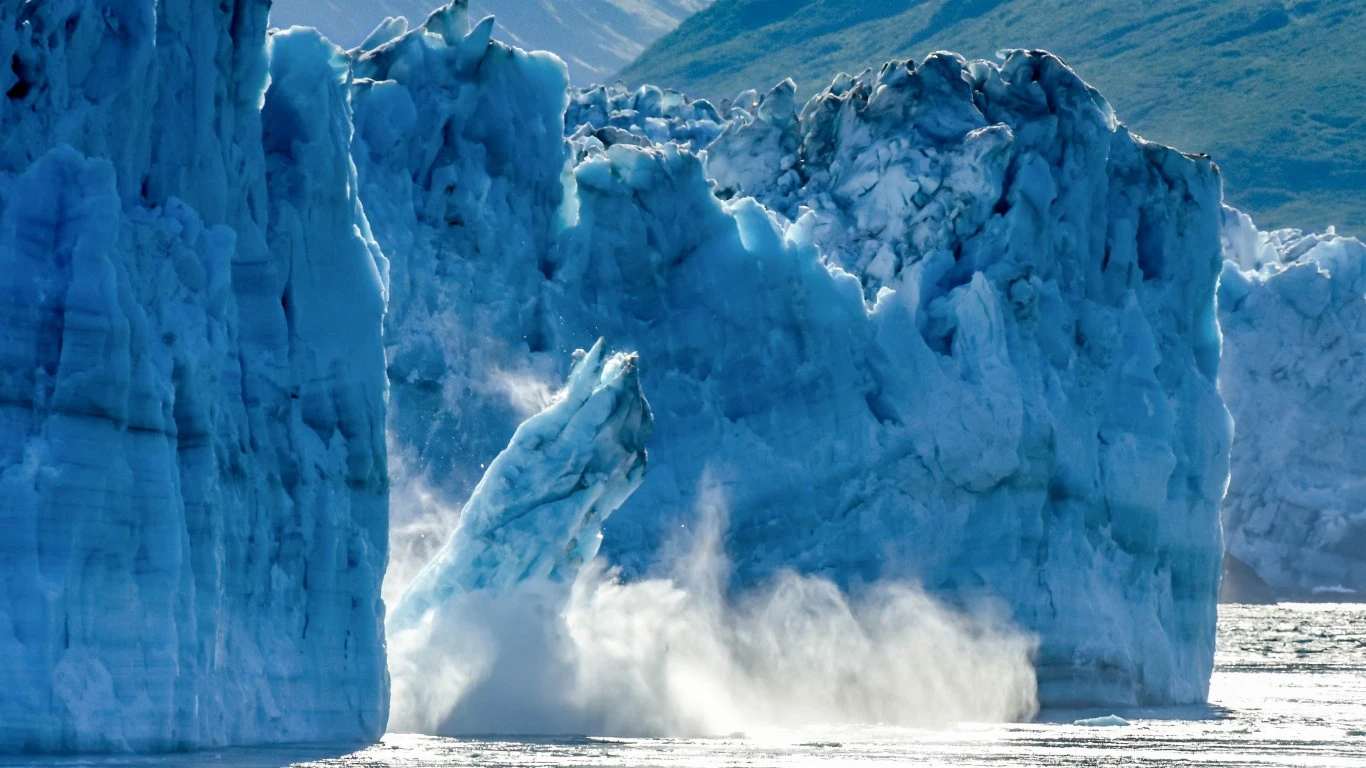
By 2040, the global average surface air temperature will be 1.5 degrees Celsius (2.7 F) higher compared to pre-industrial (latter half of the 19th century) levels, according to the most recent projections from the Intergovernmental Panel on Climate Change. The IPCC projections under the high emissions scenario also predict that by 2100 parts of the planet could become too hot for humans. (Earth’s CO2 level rose every year since climate change became a national issue.)
With the Earth getting warmer and wetter thanks to human industrial, agricultural, and personal activities, it is causing deadly floods, droughts, heatwaves, erratic weather patterns, and stronger, more frequent storms across the globe. But climate change has been affecting countries to different degrees.
To identify the 25 counties least vulnerable to climate change, 24/7 Wall St. reviewed the Notre Dame Global Adaptation Initiative that measures the vulnerability to climate change and readiness of 182 different countries. Countries are ranked by their overall index score, which itself consists of a vulnerability index and a readiness index.
The vulnerability index “measures a country’s exposure, sensitivity and capacity to adapt to the negative effects of climate change,” considering indicators in six life-supporting sectors: food, water, health, ecosystem service, human habitat, and infrastructure. The readiness index “measures a country’s ability to leverage investments and convert them to adaptation actions” and considers different indicators in three components: economic readiness, governance readiness, and social readiness.
We also added GDP per capita and total population from the World Bank World Development Indicators for 2020.
About 944 million live in the 25 countries that are most vulnerable to climate crises (23 of them in Africa), most of them in extreme poverty. About the same number of people, about 906 million, live in the 25 mostly high-income countries on this list – the ones least vulnerable to climate crises.
Most of the 906 million people least vulnerable to climate change live in European countries, the United States, and Canada. About 215 million of these lucky global residents live in the Asia-Pacific region: in Japan, South Korea, Australia, New Zealand, and Singapore. (These are the worst cities to live as climate change gets worse.)
While similar threats face high-income and low-income countries, the outcomes are radically different. High-income countries with stable political systems have more resources to handle climate emergencies and disasters. They are also better able to prepare and even stave off some of the effects with investment in infrastructure, agriculture, health, and more.
This imbalance between poorer and wealthier nations in their vulnerability and readiness for climate change is even more disturbing when considering that poorer nations emit far less carbon emissions than rich nations. (These are the 20 countries responsible for nearly all global emissions.)
Here are the least vulnerable countries most prepared for the climate crisis.





